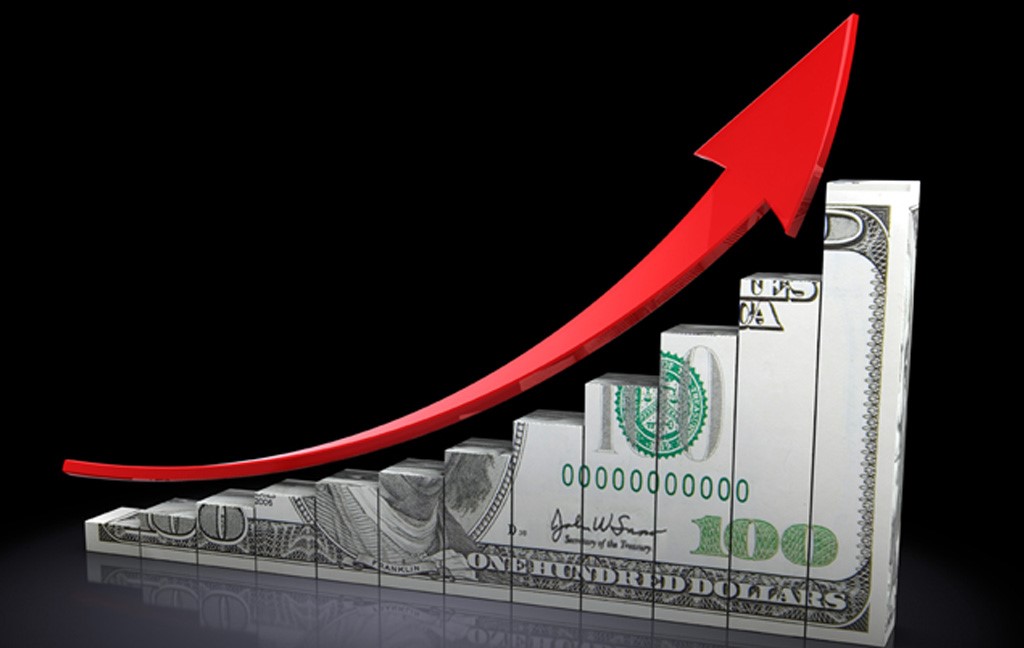State Bank Governor Jameel Ahmad announced that remittances from overseas Pakistani workers are projected to reach a record $4.1 billion in March 2025.
In February 2025, remittances increased nearly 40% compared to the previous year, reaching $3.12 billion. This steady rise in remittance inflows offers essential financial support to Pakistan’s economy, bolstering government reserves and improving liquidity for importers.
In the first nine months of FY25 (July-March), total remittances reached $28.07 billion, marking a substantial 33% increase compared to last year. This growth is a positive indicator of Pakistan’s economic recovery, especially as it navigates its financial challenges.
Pakistan’s Record-Breaking Remittances
Remittances play a crucial role in Pakistan’s economy, serving as a key source of foreign exchange and supporting the balance of payments. The record-breaking inflows projected for March are expected to further stabilize the economy, particularly in light of recent financial pressures.
According to data from AKD Securities, the primary sources of remittances in March were:
- Saudi Arabia: $987 million
- UAE: $842 million
- UK: $684 million
- US: $419 million
These figures highlight the significant contributions from overseas Pakistani workers, particularly from the Middle East and Western nations.
During his address at the Pakistan Stock Exchange (PSX), Governor Jameel Ahmad updated the country’s foreign reserves and debt repayment obligations. He projected that foreign reserves would exceed $14 billion by June, a notable improvement that reflects the positive impact of increased remittances and other economic measures.
Read: Pakistan’s SBP Reserves Rise to $10.7B Amid Tariff Pressures
On the debt front, Pakistan faces $26 billion in foreign debt repayment obligations for FY25. However, Governor Ahmad reassured that $16 billion is expected to be rolled over or refinanced, reducing the actual repayment pressure to approximately $10 billion. This manageable outlook is a relief for the economy, which has faced significant financial strain in recent years.
Economic Activity Shows Signs of Revival
Governor Ahmad noted that Pakistan’s economic activity has “shown signs of revival,” with GDP growth projected to range between 2.5% and 3% for the fiscal year. While this growth is positive, it falls short of the 4.2% that could have been achieved had the agricultural sector matched last year’s performance. A weaker-than-expected agricultural season has tempered overall GDP growth, but the economy remains on a path to recovery.
Pakistan’s economy has faced significant challenges recently, including a severe balance-of-payments crisis in 2023 that led to foreign exchange reserves dwindling to just $4.6 billion, barely enough to cover three weeks of imports. This crisis prompted the government to seek a $7 billion bailout from the International Monetary Fund (IMF) to stabilize the economy.
Since then, Pakistan has made progress in meeting its economic targets. In January, Governor Ahmad confirmed that the country’s debt levels and balance of payments were under control. The IMF approved the rescue package and expects Pakistan’s growth rate to gradually improve to 4.5% by 2029.
Inflation has been a persistent issue for Pakistan, with CPI inflation surging above 10% in November 2021 and remaining in double digits for 33 consecutive months until July. At its peak in May 2023, inflation reached 38%, driven by unprecedented increases in food and energy prices. However, recent data suggests that inflation is easing, contributing to a more stable economic environment.






